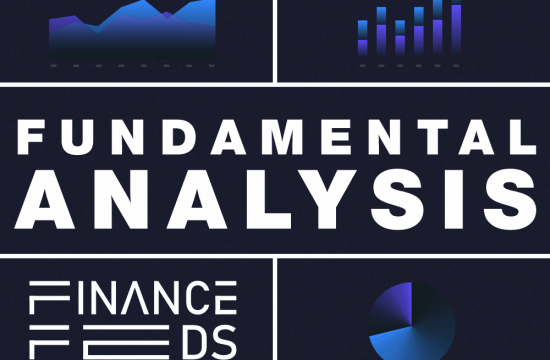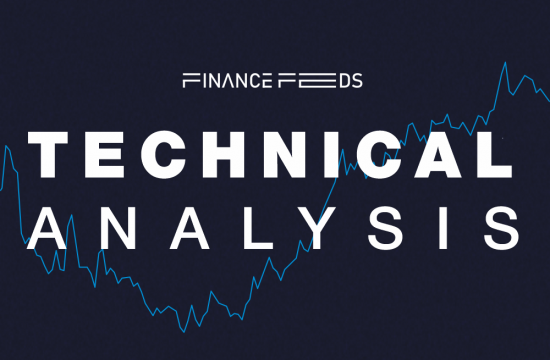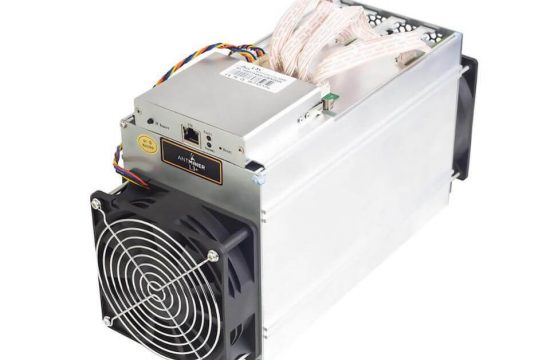“Companies operating under cap-and-trade programs are required to treat their emissions as liabilities, creating demand for carbon allowances to pay for the pollution they emit, and incentivizing companies to seek lower cost abatement opportunities.”

Intercontinental Exchange has reported record volume of 3.64 million contracts (+5% YoY) traded in its North American environmental markets, with a record 270 companies trading in 2022.
ICE’s North American environmental futures and options markets include California Carbon Allowances, California Carbon credits, RGGI Allowances (RGA), California Low Carbon Fuel Standard (LCFS) Credits, and Renewable Energy Certificates (RECs).
Average daily volume increased by 5.5% to 14,500 contracts, according to the exchange operator, adding that approximately 372 million carbon allowances went to delivery through ICE in December 2022, of which North American carbon allowances accounted for 28%, at a notional value of $2.5 billion.
ICE’s renewable energy certificate (REC) futures markets grew by 40% in 2022, the company reported, as it offers 31 REC futures and options including wind and solar RECs and processed a record 981,302 REC contracts last year, equivalent to an estimated 87.6 million megawatt hours of renewable energy.
RECs are key hedging tool to reduce the price risks of renewables
Gordon Bennett, Managing Director of Utility Markets at ICE, said: “Net zero is predominantly an energy transition. The price signals and liquidity of energy and environmental markets are at the heart of helping companies transition to alternative forms of energy by providing the tools to allocate capital and manage the associated price risk. The transition to renewable electricity means RECs are integral to any company wishing to comply with their emission reduction commitments, as well as a key hedging tool to reduce the price risks of balancing supply and demand for renewables.
“Companies operating under cap-and-trade programs are required to treat their emissions as liabilities, creating demand for carbon allowances to pay for the pollution they emit, and incentivizing companies to seek lower cost abatement opportunities. With the scope of the European Emissions Trading Scheme set to increase by approximately another 1.5 billion tons under the EU’s Fit for 55, the number of emission liabilities at risk is set to nearly double to exceed 4 billion tons, increasing demand for environmental risk management tools.”
ICE plans to launch Washington carbon allowance futures, subject to completion of regulatory processes. Washington’s “Cap-and-Invest” program, which began on January 1, 2023, is closely modeled on California’s carbon market, has an initial cap of 63.3 million tons, and will over time cover 75% of Washington’s carbon dioxide emissions.
Since the launch of environmental markets, allowances equivalent to over 100 billion tons of carbon, over 250 million renewable energy certificates, 3 billion carbon credits, and the equivalent of over 3 billion Renewable Identification Numbers have traded on ICE.











